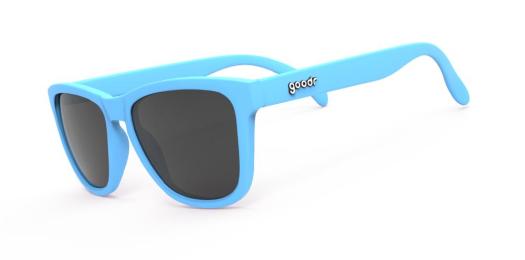
Every one of us has many teachers throughout our lives, some traditional while others guide in more subtle ways. Learning is something that never stops, if you are so inclined to heed the nuances of life’s lessons. Reflecting now on when I was young, my grandfather would often write me little stories on note cards incorporating some small event in his day that reminded him of a shared experience we had. These stories took on a fable-like direction, reminiscent of the tales of Peter Rabbit, one of my grandfather’s favorite tales to read to me as a kid. The likes of which heavily influenced his hand-drawn characters that often accompanied his thoughtful notes.
From an early age, my grandfather taught me the importance of appreciating the little things in life, observing their everyday magic. He highlighted the joy of first observing these things, like in his letter about a little green tree frog, lost in the unnatural expanse of his swimming pool. My grandfather recognized his role in the unfolding drama, which ultimately led him to gently move the tired frog from the chlorinated depths back to the refuge of his rose garden, giving it a chance to thrive.
Life lessons come in many forms, bringing both inspiration and responsibility to shape our future. When you’re out catching tadpoles and frogs as a kid, the experience and subsequent memory can lead to so much more. Observing the significance of these small moments is the key to intergenerational stewardship of the natural world. It’s these magnificently minor interactions that, when coupled with more formal environmental education, will spark the fire of action in defense of the natural world and potentially lead to a future which aims to preserve it.
So get out on those CREW trails and observe the plethora of small frogs and toads hopping about. Our insiders would recommend the CREW Flint Pen Strand along the Orange and Purple trails around the lakes if you want to observe the burgeoning oak toad population. However, life moves quickly and you never can tell where you’ll catch a truly impressive view of these agile amphibians. Either way, I can guarantee you that observing these small things in life, like frogs, will have bigger implications than you can imagine.

At CREW, you will see examples of life lessons leading to positive investments in the environment all the time. Turns out, some kids grow up and count frogs for science! Frog Watch is one of many surveys conducted on the CREW lands with broad implications.
But, what is Frog Watch and why has CREW been doing it for so long? For starters, CREW is not the only place that Frog Watch occurs. As the name implies, Frog Watch with a capital F & W is the title of a larger nationwide program known as FrogWatch USA that invites volunteers, who act as citizen scientists, along with researchers across the country to collect croaking-raw data throughout the year. In each region, coordinators report the research to a nationwide database with the American Amphibian Monitoring Program and FrogWatch USA, two sides of the same coin in the amphibian research field. Locally, Frog Watch presents the data at meetings and forums and they publish the results in peer reviewed journals. The five and ten-year publications are available on their website frogwatch.net. Currently, they are summarizing the data for a 20-year assessment.
Frog calls represent measurable scientific data that can be used by scientists to report the changes in species variations, think about that chorus of cane toads you can hear after a big rain these days compared to a few years ago. Have you noticed the increase? This citizen science approach is important for collecting data that conservation scientists and land managers around the world utilize to address long-term implications and stressors on frog populations and all that their numbers imply for us and the environment we all depend on.
The Frog Watch conducted at CREW, along Corkscrew road, has been going on for over 20 years! All the standard scientific observation practices, such as starting right after sunset, to the amount of time listening at each stop, and weather readings recorded are recorded and eventually published as part of the public record, making it available to all researchers and interested parties. The work is transformed into a wide range of relatable resources, informing and guiding land development projects and referenced in public awareness campaigns. This is one of the intersections where habitat preservation and wildlife management are the signposts and researchers and volunteers are the drivers.
Amphibian species watched the dinosaurs come and go, and yet because of current environmental trends, some are facing their own rapid decline toward extinction. As part of the most threatened vertebrate group in existence today, frogs are indicator species within a greater ecosystem, often foreshadowing larger ecological changes over the short and long term. Fortunately, data can be used to direct land management planning in subtle and impactful ways. Frogs as both predator and prey, balancing the insect population while also providing food to resident and migratory birds. Protecting the ecosystems where amphibians thrive allows us all to strike a balance in our life on the planet.











































